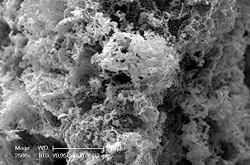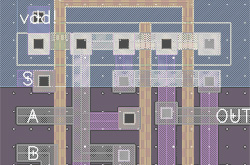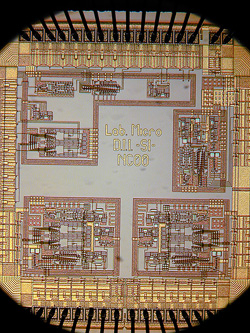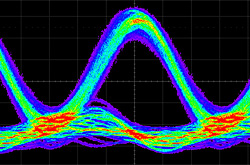Research
The activities of the Electronics and Measurement Research Group concern different subjects involving Analog and Digital Electronics, Electrical Engineering, Electronic Measurement, Reliability, Applied Mathematics and, for the electrochemical sensors analysis and development, Physics and Chemistry.
Measurement Systems for Industrial Applications
This activity concerns the analysis, design and characterization of measurement systems or devices based on different sensor technologies to be used for Industrial Applications. It comprises the study and modeling of those physical problems related to the measurement tasks, even considering hazardous environments.
Analysis and Design of Electronic Circuits Based on Nonlinear Dynamical Systems
The research activities are organized towards the analysis and design of analog and digital electronic circuits implementing nonlinear dynamical systems, with a special reference to the following research lines:
- Implementation of Physically Unclonable Functions (PUFs) to be used as cryptographic primitives for challenge/response chip authentication;
- Generation of random binary sequences for cryptographic applications;
- Generation of analog stochastic signals for the statistical testing of ADCs, electronic circuits and instrumentation.
Analysis and Development of Chemical Sensors and Measurement Systems Based on Chemical Sensors
The research activity concerns the study and development of different chemical sensors, and chemical sensor based measurement systems. In this context a large amount of research work is devoted to the characterization and modeling of Metal Oxide (MOX) sensors, in collaboration with chemistry researchers of the universities of Siena and of Florence. In the past years, a versatile system for the characterization of conductometric sensors was developed.
Reliability, Availability, Maintainability and Design For Safety
The research is focused in the solution of problems involving different and linked aspects of both reliability and safety. The unit has worked on both theoretical and practical problems providing solutions applicable to different contexts.
In particular the following can be cited:
- Reliability and safety studies connected to Railway applications;
- Advanced availability modelling of Oil and Gas Plants;
- Maintainability and Fault identification on complex systems.




